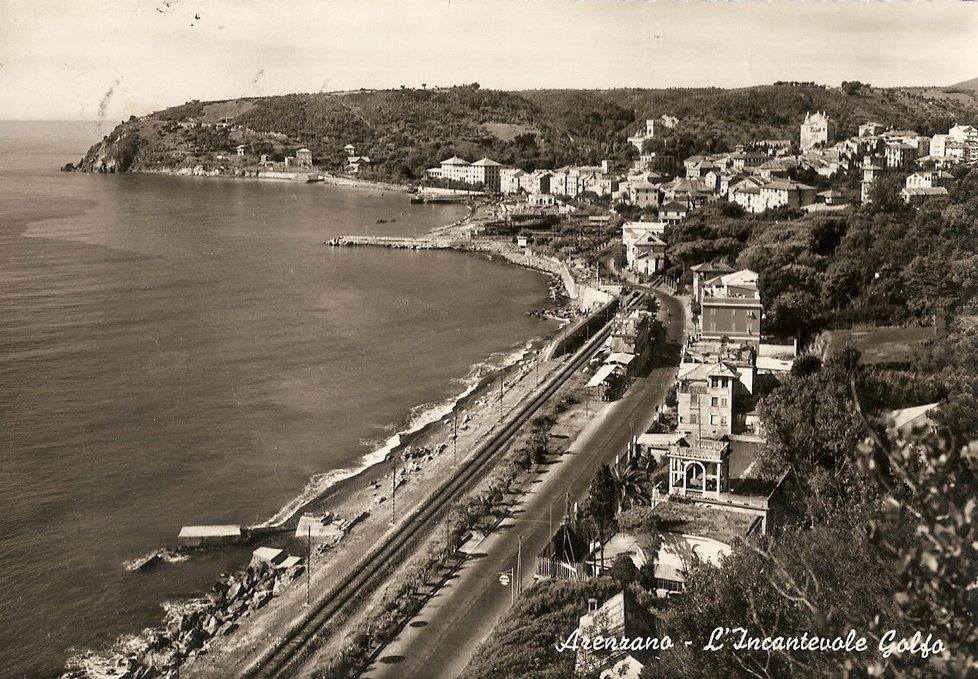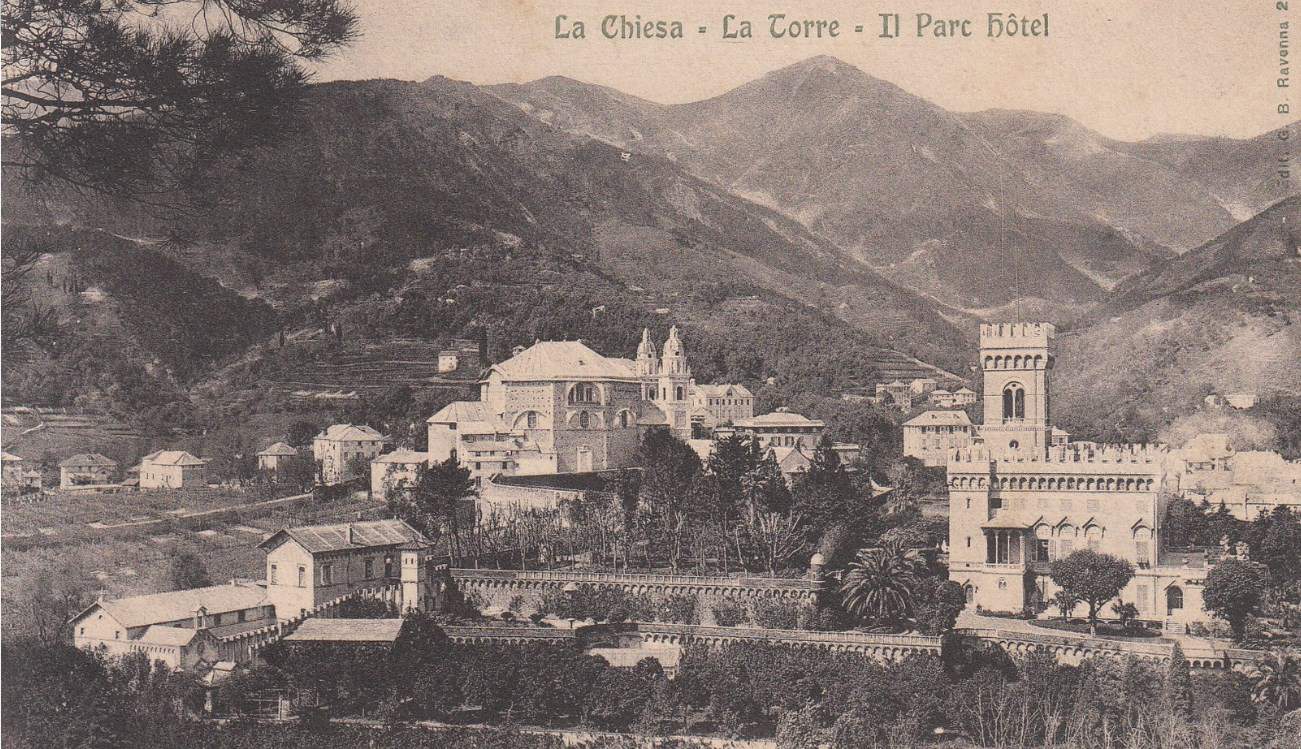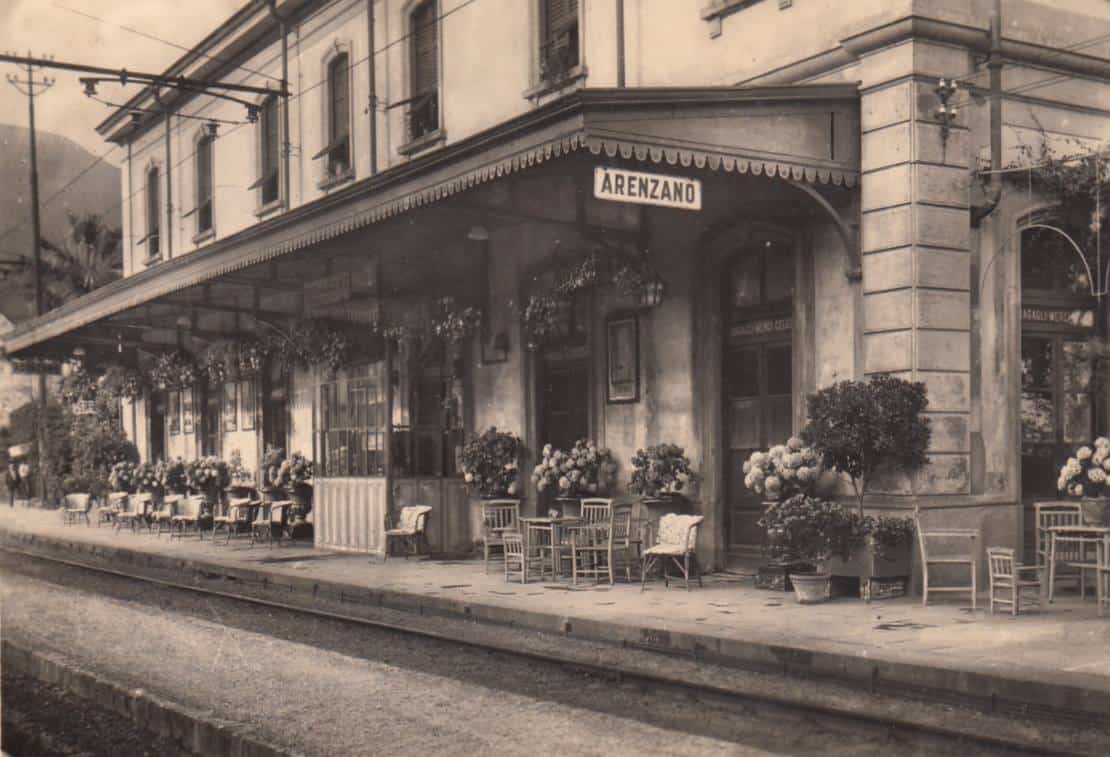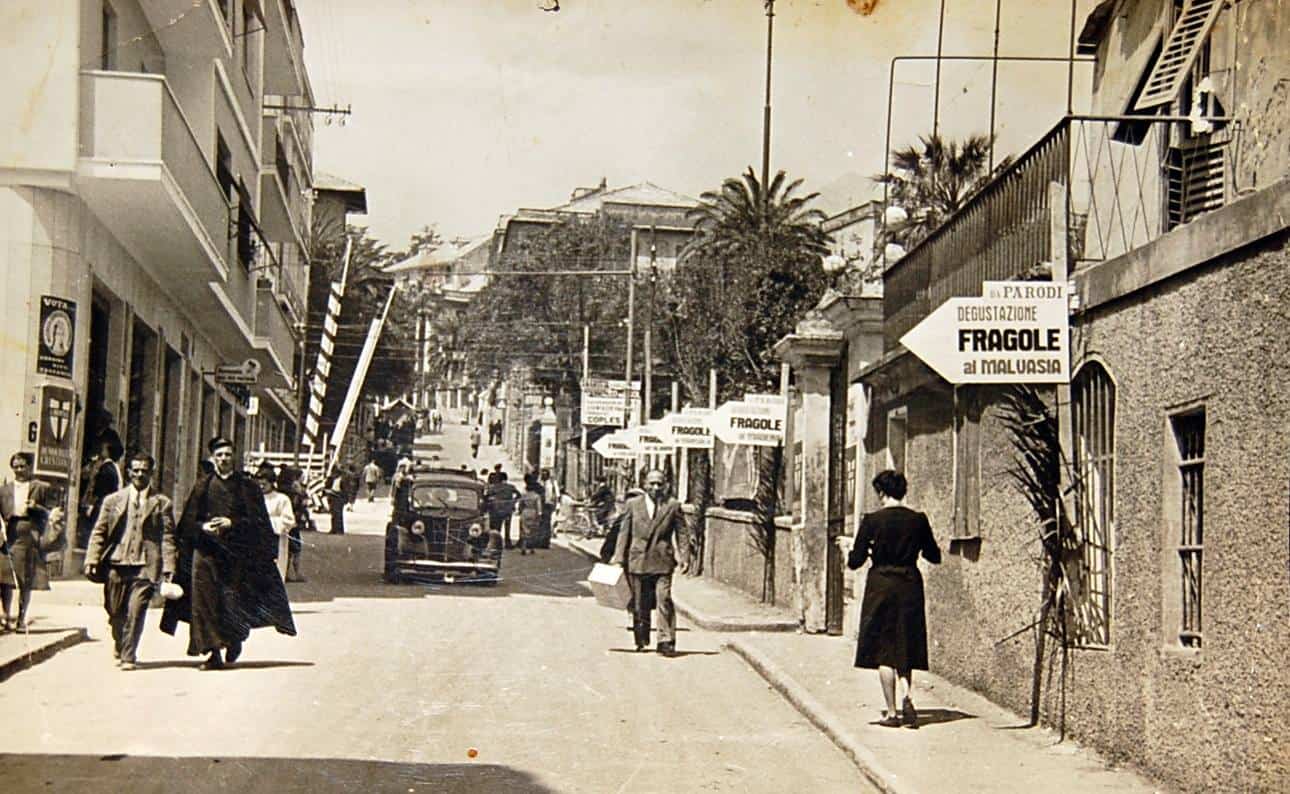According to historical sources, the first residential settlement was linked to a the Roman Empire in the its late times. The ancient toponym of the municipality, Arentianis, would go back to a property or possession of the Arentii Ligurian family.
During Middle Age Arenzano was divided into two parts: “Soprana” (upper side) and “Sottana” (seafront side).
The Sottana part was settled between the sea and the hill, where fishermen, seamen and shipbuilders, worked inside the shipyards for the Republic of Genoa, since 12th century.
“Soprana” was the area of Terralba, whose name, “pale land”, was due to tuff deposits emerging from the ground.
Starting from 12th century, Arenzano was administratively a part of Voltri Podesta’s sea. It shared with it the main historic facts of Genoa and its colonial expansions. In fact, many citizens of Arenzano are witnessed as colonial citizens in Corsican, Black Sea end in the Western lands.
Across the centuries Arenzano suffered from pirates raids, and population were obliged to create fortresses: we know that the village already had a watchtower in 13th century at Capo Panaggi, visually linked to Savona, the Republic of Noli and Genoa Lantern. During 1600, plague and barbaric raids forced the Republic of Genova to finance the building of further strongholds, mainly on the sea front, in Piazza Mazzini and Punta Pizzo, where was built a castle.
The sea captains from Arenzano were often involved in sea battles, sometimes they were captured by the pirates. During the maritime war against Austro- Sardinians in 1746-1747 war, the legendary corsair Captain Romeo, born in Arenzano, acted an important role, collaborating with Genoese and French-Hispanian army.


Starting from 1600 rich Genoese families began building here their mansions. They gradually embellished the town which become an attractive place of beauty. The most famous, among them is the one built by Marquis Pallavicino.
During 18th century many economic activities started to grow in importance.
The paper trade became very thriving and brought the “Paperai” of Arenzano, which produced it, to a great wealth. The paper mills grew in number from four to twenty in the 19th century, thanks to the ability of the workers and to the rich waters of Cantarena and Lerone streams. Inside the church the miller had an altar with a statue of Saint Lucy, their patron saint.
Another economic activity were furnaces: one was in the area of Panaggi, working since 12th century, the other on the road leading to Colletta area, we still keep the toponym today. After French Revolution and Napoleonic domination in Liguria, the Republic of Genoa fell down and Arenzano became part of “Cerusa” district of the new born “Ligurian Republic”. The town became “Municipality” with the aim to protect the ideas of the just finished Revolution.
After the fall of Napoleon the territory became part of Sardinian Reign.
In the second half of 19th century there was an increase in population and a substantial economic recovery, with a new start of shipyards, paper and spinning mills and furnaces.
At the beginning of 20th century the roads of Arenzano had new names: via Crosa becomes via S.M. Rapallo and Via Logge, Via Capitan Romeo. After World War I tourist activity grows: the crisis of shipyard industry, brings to a different employment of the seafront.
The 30’s are happy years for Arenzano, especially during summer: some concerts of accordions and guitars take place in front of the Sanctuary; sportsmen are fond of cycling enterprises of Giro d’Italia; there are night dancing parties at Grand hotel, Hotel Roma and Hotel Genova. The citizens are all engaged to entertain their guests, even with a great treasure hunt inside Negrotto Cambiaso Park.
During World War II, because of the placement of German 381 cannon over Punta San Martino area, Arenzano suffers many hard bombings with huge damage: even the parish church is completely destroyed.


On April 24th 1945, Arenzano is the first town in Liguria to be set free but, because of war, it is hard to rise from poverty. The continuous decadence of shipyard activity brings to the total conversion of the waterfront towards summer bathing activity, and the opening of new holidays facilities. In the ‘60s with the building of Pineta residential resort, the economic activity rises again, with the growth of tourist reception and building activity.
The Calyspo night Club and the Bussola resort host the main artistic characters of the time. In 1973 Arenzano population reach 10.000 inhabitants.
Nowadays Arenzano is a residential town of Genoa suburban orbit, even if tourist industry is still an important economic flywheel, thank to the many holiday activities and the presence, among the several services, of a tourist harbour.